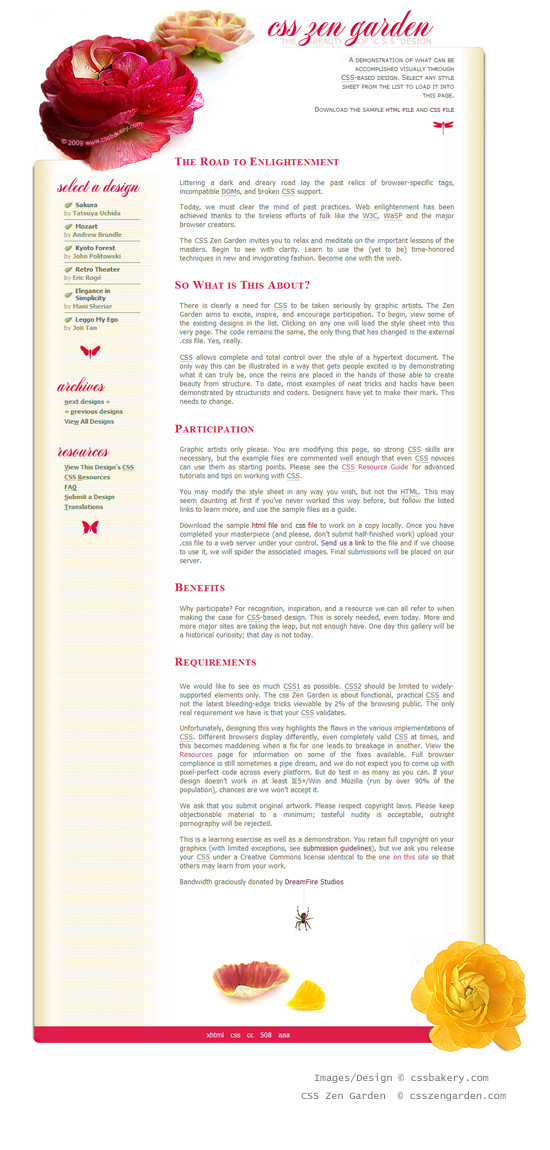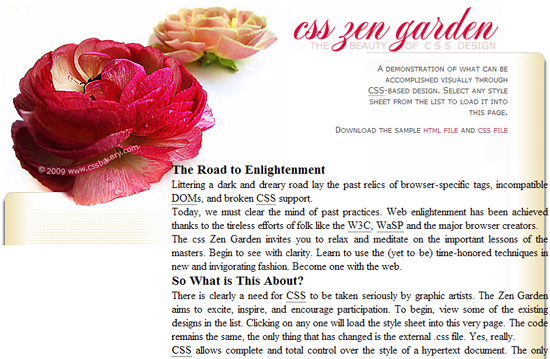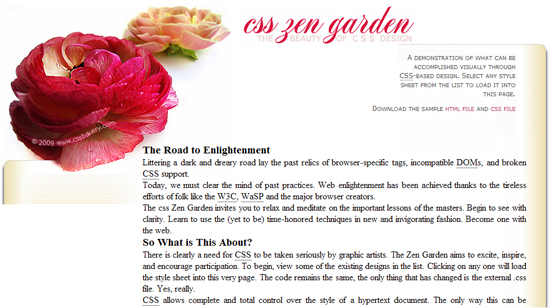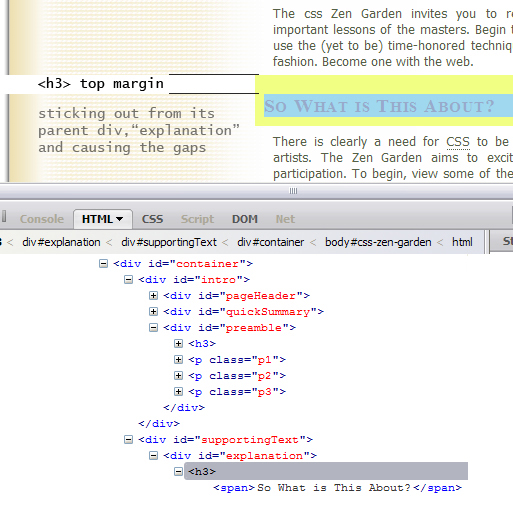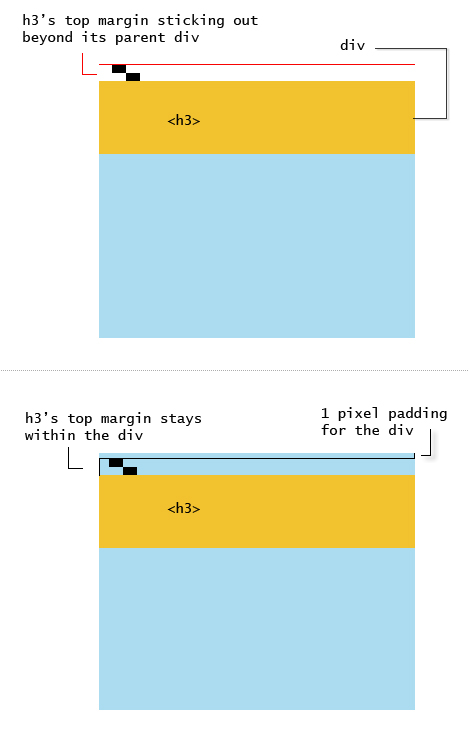Talking to his biographer Walter Isaacson about meditation
© Tashka
If you just sit and observe, you will see how restless your mind is. If you try to calm it, it only makes things worse, but over time it does calm, and when it does, there's room to hear more subtle things — that's when your intuition starts to blossom and you start to see things more clearly and be in the present more.
Your mind just slows down, and you see a tremendous expanse in the moment. You see so much more than you could see before. It's a discipline; you have to practice it.
A former skeptic talks about his conversion:
If you had told me as recently as a few years ago that I’d ever become a Buddhist — never mind that I might even admit to it publicly — I would have coughed my beer up through my nose.
Meditation is not relaxation. It's not sitting there and zoning out. You're taming your mind. It's hard work – just the way rock climbing or swimming a mile is. But it has benefits just like those activities do.
On how meditation slowly changes the way the mind works:
Instead of seeing my thoughts as something to run from or capture, they could be something I simply observed. And if I observed them long enough, even the most tantalizing or infuriating of thoughts — a pretty face, a debt owed — would float away. And my mind, lo and behold, would become stable, even tranquil.
Mindfulness practice may feel counterintuitive:
When we do things, we expect a certain outcome. We expect to get better at it over time. But in meditation, the whole thing is you have to go in expecting to fail all the time. But the quote and quote failure is actually a success.
I have to remind myself over and over. The moment you wake up and notice you got distracted, that's a win. I usually go into a spiral of self-recrimination in that moment but noticing that is a win, too. Knowing what's happening right now is the radical act, is the win.
Is a strong argument alone key to effective communication?
Equally important is the relational agility to work with whatever comes up in the dynamic environment of human interaction, especially all that is felt but not articulated by both parties to the conversation.
Train Your Mind, Change Your Brain:
Showing attention is necessary for neuroplasticity. Focused attention alters the brain.
Outside stimuli can alter the brain so can self-generated stimuli such as thoughts and meditation.
You can train your brain to adopt different thinking circuits, to switch off ruminative modes of thinking and to practice relating differently to negative thoughts and feeling.
Dr. Mehmet Öz & Transcendental Meditation

Sitting with Dr.Oz, I couldn't help but wonder how he maintains such a calm presence. He shared that he practices Transcendental Meditation. "When I meditate, I go to that place where truth lives," he said. "I can see what reality really is, and it is so much easier to form good relationships then."
Daniel Amen in "Your brain is always listening"

Prayer and meditation can calm the amygdala. A 2009 study found that prayer may be useful in the treatment of anxiety and depression. I have performed several studies showing how meditation can calm the emotional brain and strengthen your prefrontal cortex.
Meditation is a mental exercise in which you focus your attention on a specific thought, object, or activity for a short period of time.
Loving-Kindness meditation:
One of my favorite forms of meditation is called loving-kindness meditation which is intended to develop feelings of goodwill and warmth towards others. It quickly increases positive emotions and decreases negative ones, increases gray matter in the emotional processing areas of the brains and boosts social connectedness.
Here's how to do it: Sit in a comfortable and relaxed position and close your eyes. Take two or three deep breaths, taking twice as long to exhale. Let any worries or concerns drift away, and feel your breath moving through the area around your heart As you sit, quietly, and silently repeat the following or similar phrases:
- May I be safe and secure.
- May I be healthy and strong.
- May I be happy and purposeful.
Let the intentions in these phrases sink in as you repeat them. Allow the feelings to grow deeper. After a few repetitions, direct the phrases to someone you feel grateful for:
- May you be safe and secure.
- May you be healthy and strong.
- May you be happy and purposeful.
- May you be at peace.
Next visualize someone you feel neutral about. Choose among people you neither like or dislike, and repeat the phrases.
Then visualize someone you don't like or with whom you are having a hard time. Kids who are being teased or bullied at school often feel quite empowered when they send love to the people who are making them miserable. Finally, direct the phrases toward everyone universally:
"May all beings be safe and secure.". You can do this for a few minutes or longer; it's up to you.




